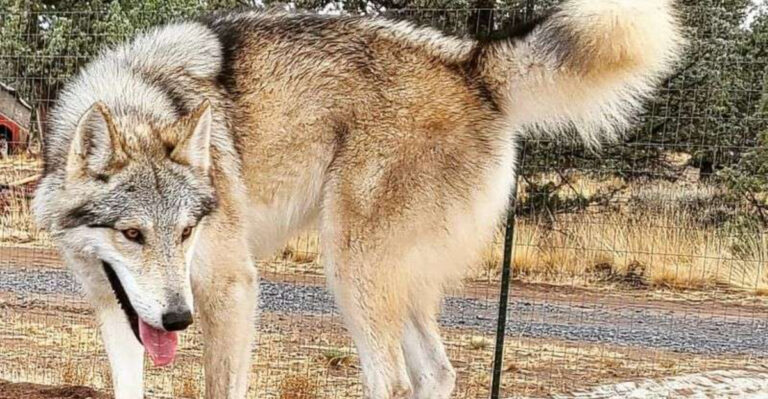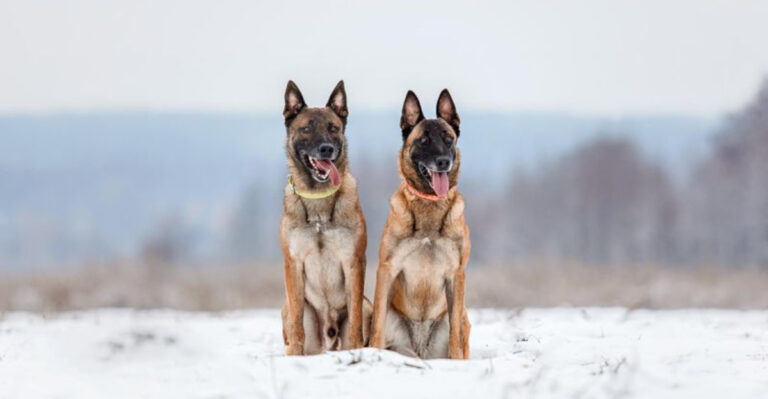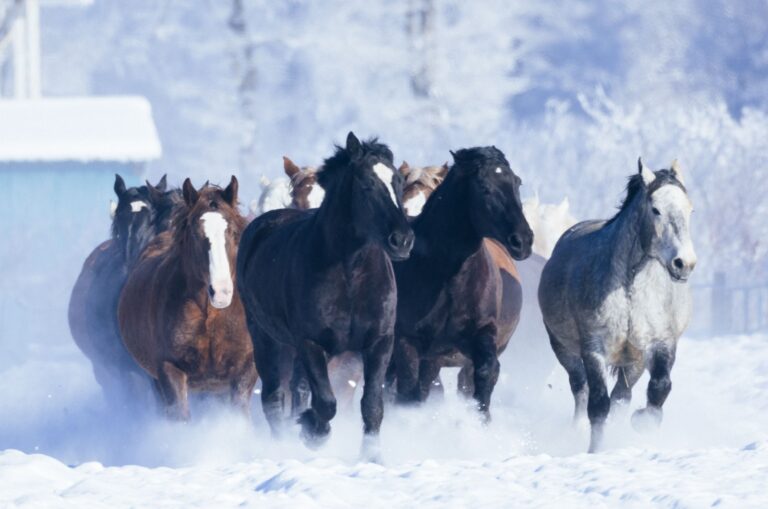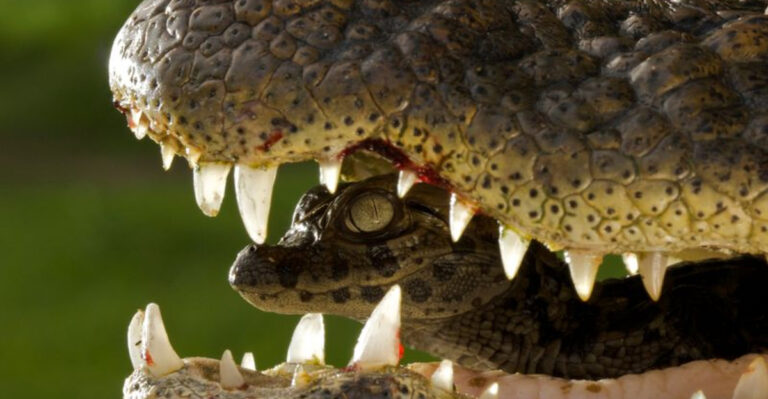18 Creatures With The Worst Vision In The Animal Kingdom
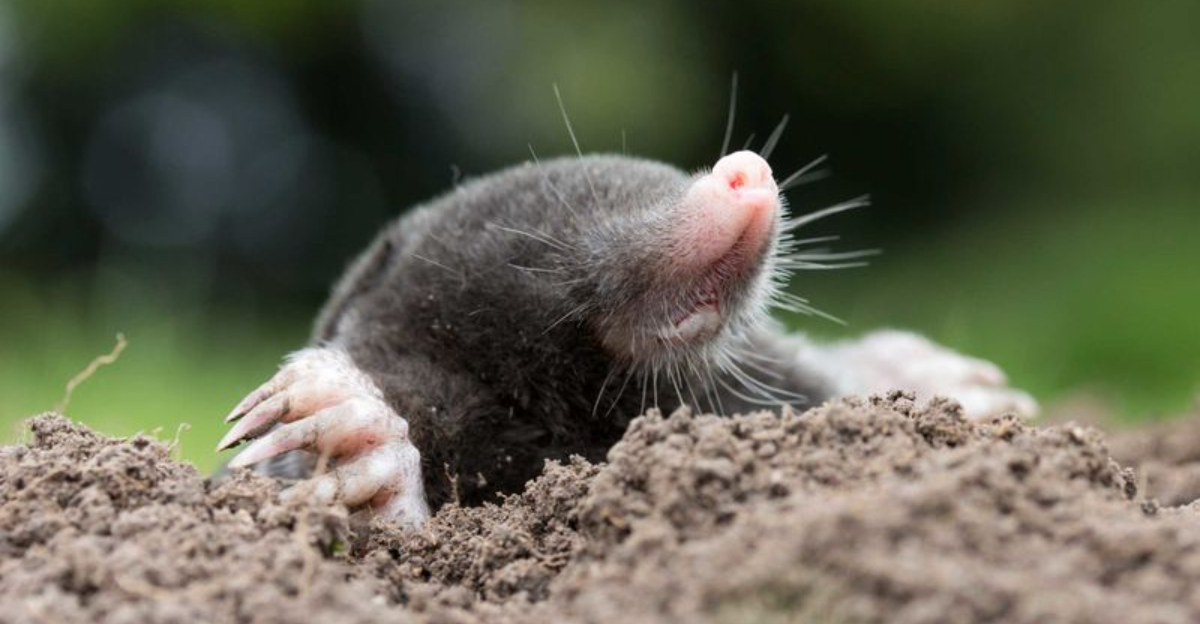
Seeing isn’t always believing, especially for these creatures who view the world differently due to their less-than-stellar vision.
From the blurry perspectives of moles living underground to the color-blind life of a bull, explore how these animals navigate their environments in unique ways.
Discover fascinating facts and quirky traits about these creatures with the worst vision in the animal kingdom.
1. The Bull
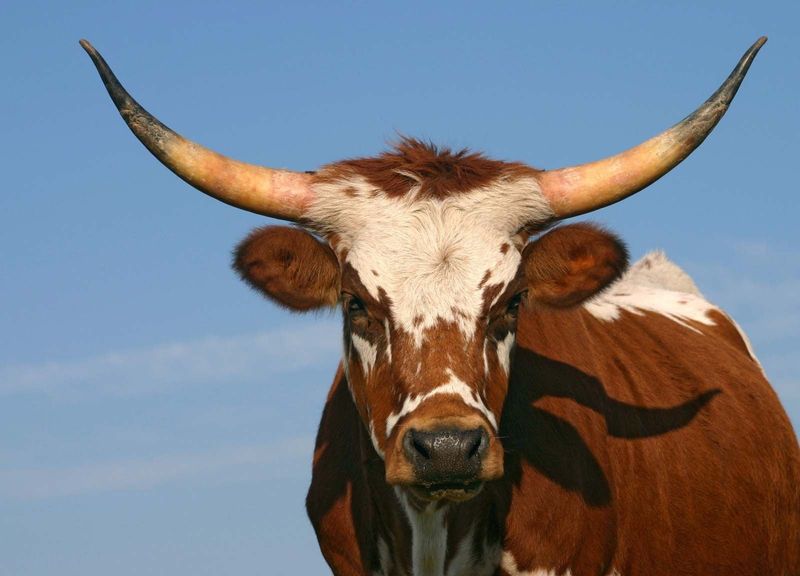
Contrary to popular belief, bulls are red-green colorblind. It’s all about movement and the matador’s provocative gestures that grab their attention.
Imagine watching TV in black and white; that’s a bull’s world. Their limited color perception doesn’t stop them from being formidable in the arena!
2. The Bat
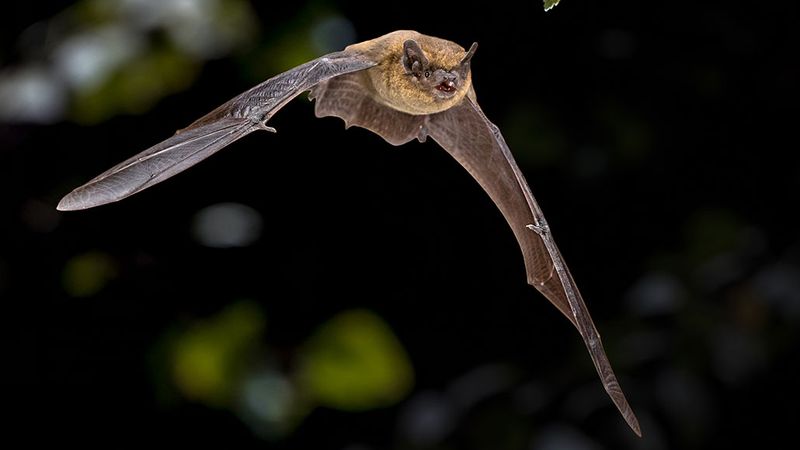
Blind as a bat might be a catchy phrase, but it’s echolocation that bats boast about. Their vision isn’t stellar, but who needs sight when you can ‘see’ with sound?
Bats bounce sounds off their surroundings to create a mental map.
3. The Naked Mole Rat
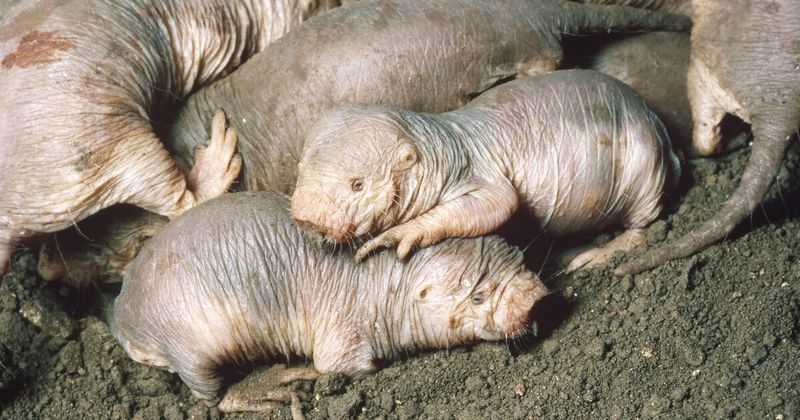
Life in the dark tunnels of the naked mole rat is like living with the lights off. These peculiar creatures have eyes that are more for decoration than function.
Their vision is poor, but they make up for it with a heightened sense of smell and touch. Plus, they’re social creatures, relying on teamwork to thrive underground.
4. The Mole
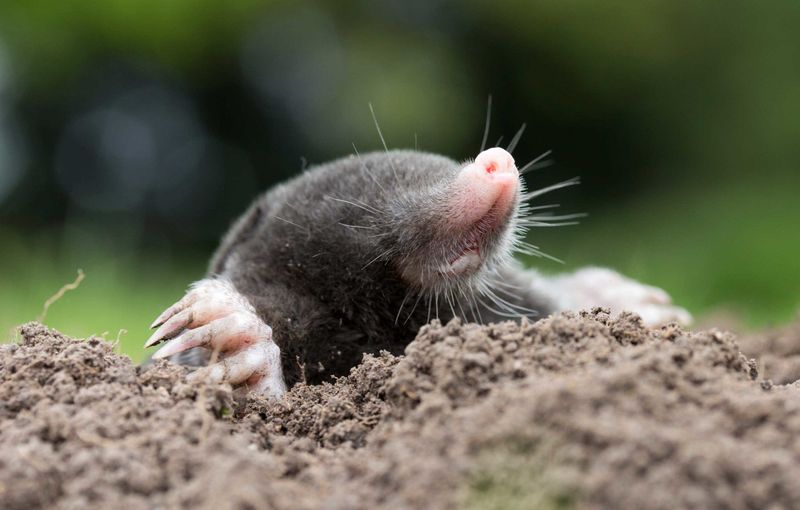
Living underground, these tiny architects have adapted to a life with limited vision. They rely on touch and smell far more than sight.
Their small eyes aren’t their guiding stars; it’s those sensitive whiskers that steal the show. They feel their way around their intricate tunnels with ease!
5. The Star-Nosed Mole
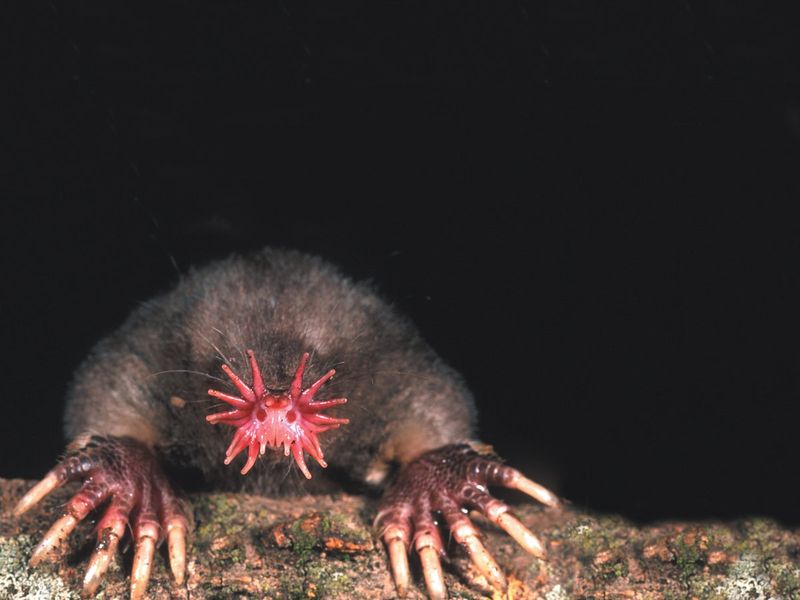
The star-nosed mole’s bizarre appendage is its claim to fame, not its eyesight. These moles scurry through their dark, muddy world using their starry snout to feel around.
Their vision is almost non-existent, but their unique nose is a sensory powerhouse, making them masters of their underground domain.
6. The Cave Fish
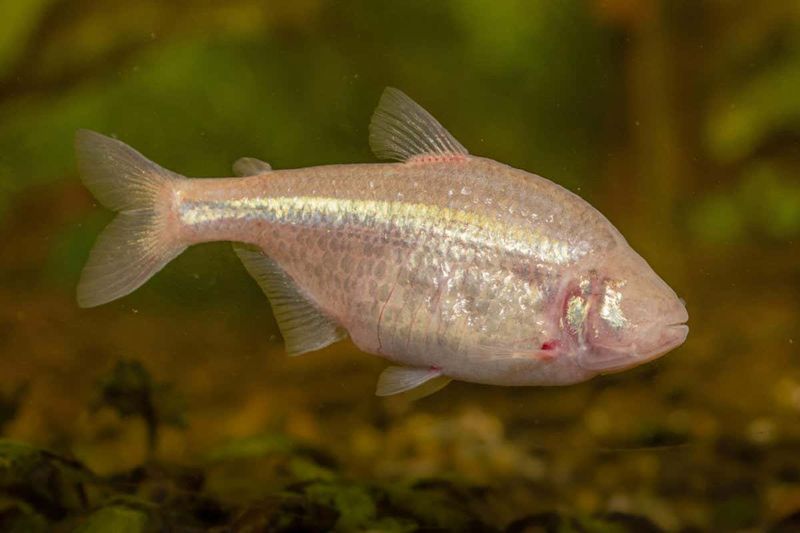
In the pitch-black depths of caves, vision is overrated. Cave fish have ditched eyes altogether, embracing a life of perpetual darkness.
Without vision, they’ve developed heightened senses of smell and touch to navigate their murky world. It’s a trade-off that allows them to survive in a place where light never ventures.
7. The Kiwi Bird
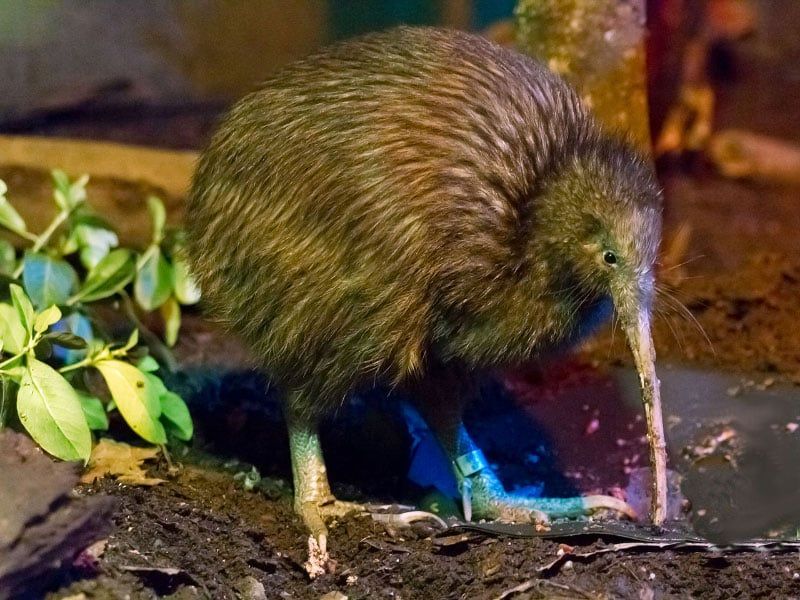
Kiwi birds are like the night owls of New Zealand, thriving under the cover of darkness. Their vision might not win any awards, but their excellent sense of smell more than compensates.
Their nostrils, located at the tip of their long beaks, help them snuffle out insects and worms in the moonlit forests, making them nocturnal foraging experts.
8. The Platypus
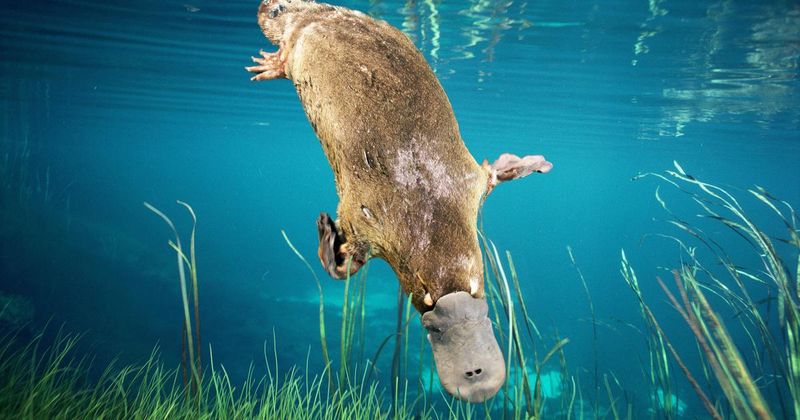
Quirky and unique, the platypus doesn’t rely much on its eyes. Instead, it hunts underwater with its bill, detecting electric signals from prey.
Its small eyes are often closed while foraging, trusting its sixth sense to guide the way.
9. The Wombat
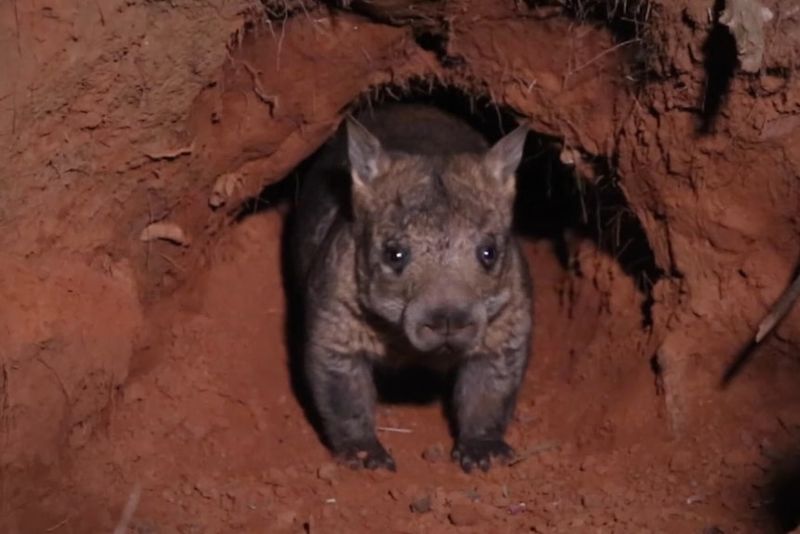
Wombats cruise through life with a burrower’s perspective. Their eyes aren’t the best for spotting predators, but their strong bodies and keen sense of smell keep them alert.
They navigate the Australian landscape with a mix of brute strength and cautious sniffing, making them expert diggers rather than eagle-eyed explorers.
10. The Dolphin
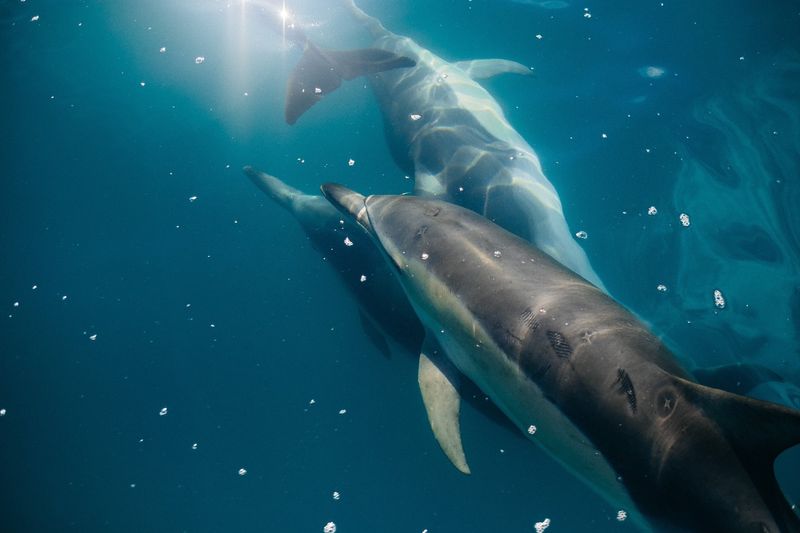
Dolphins may be ocean acrobats, but their vision isn’t their standout feature. Instead, they use echolocation to navigate the underwater world.
This ‘seeing’ with sound allows dolphins to locate prey, communicate, and avoid obstacles.
11. The Elephant

Elephants have relatively poor eyesight, relying more on their sense of smell and hearing.
Their enormous ears and sensitive trunks are their primary tools for exploring the world, detecting distant sounds and scents.
Despite their visual limitations, elephants navigate their vast habitats with remarkable intelligence and memory.
12. The Rhino
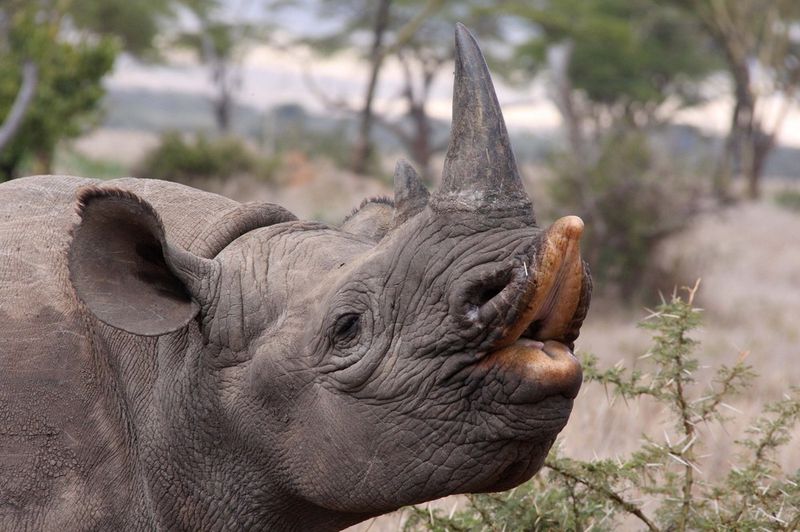
Rhinos might charge like tanks, but their vision is surprisingly poor. They rely on their sharp hearing and sense of smell to detect danger and find food.
Those iconic horns aren’t just for show; they’re tools for defense and foraging. Even with limited eyesight, rhinos roam the savannah with confidence and strength.
13. The Crab
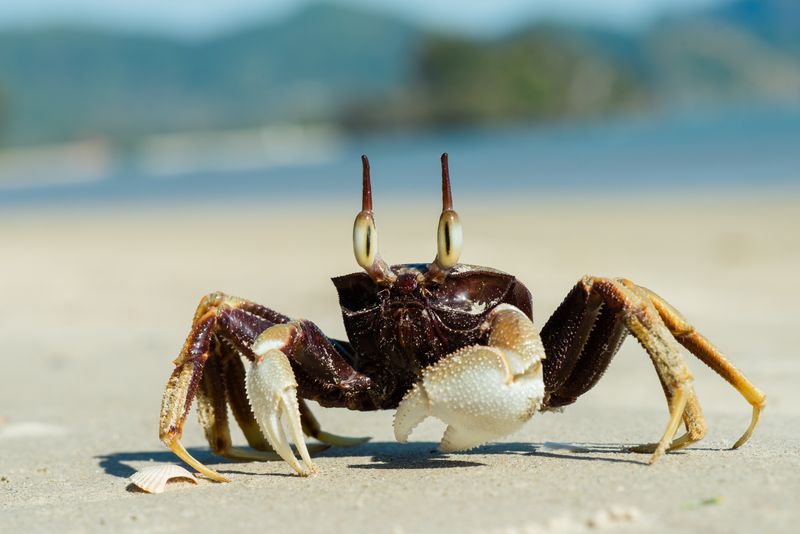
Crabs might seem like beachside warriors, but their eyesight isn’t winning any battles. Their eyes are on stalks, giving them a wide field of view but not much clarity.
They rely on their claws and sensors to interact with the world around them, making them tactile explorers rather than keen observers of the shoreline.
14. The Opossum

Playing possum isn’t just a phrase; it’s a clever survival trick. Poor daytime vision doesn’t hold them back thanks to a strong sense of smell and hearing.
Life in the shadows suits them perfectly, where strategy beats sharp eyesight every time.
15. The Sloth
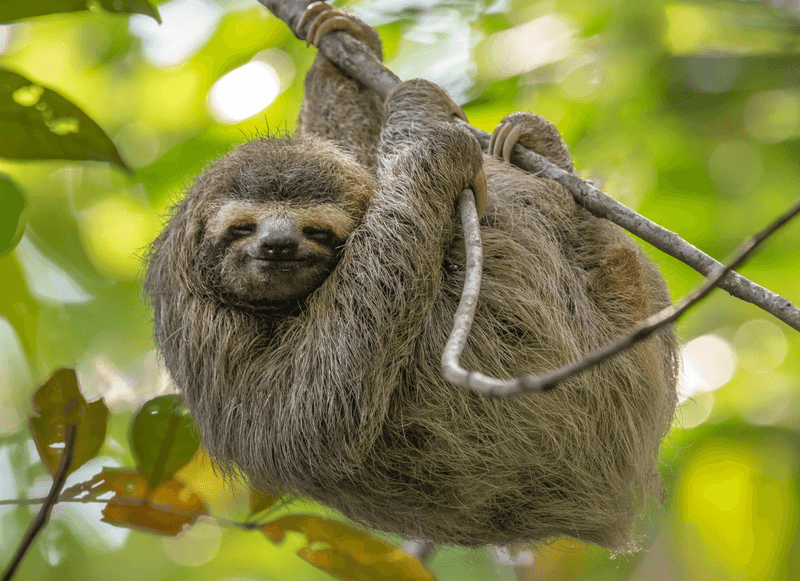
Sloths take life in slow motion, and their vision is nothing to rush about. They see the world in a blur, relying more on touch and smell.
These leisurely creatures live high in the trees, moving at a pace that suits their laid-back lifestyle.
16. The Snake
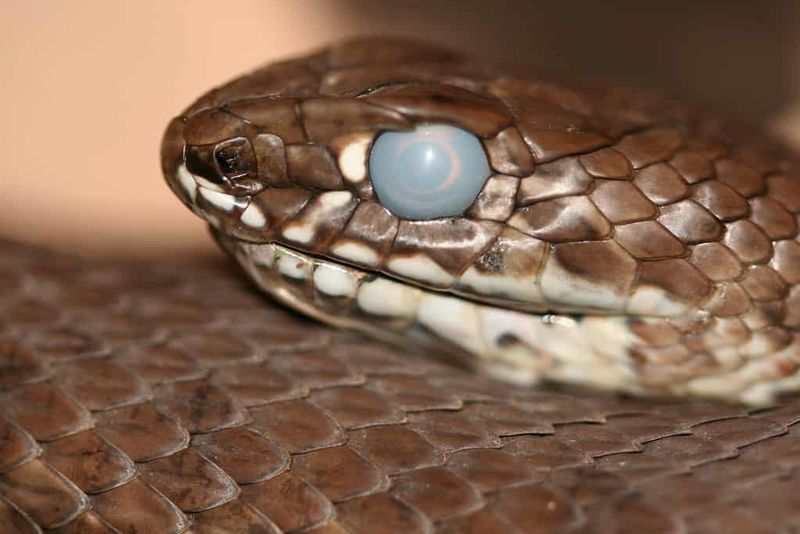
Snakes might seem all-seeing, but their vision isn’t their strongest sense. They often rely on their tongues to ‘taste’ the air and detect prey.
Their heat-sensing pits give them a unique edge in hunting, but it’s not about seeing clearly. Snakes navigate their habitats with a mix of mystery and instinct.
17. The Frog
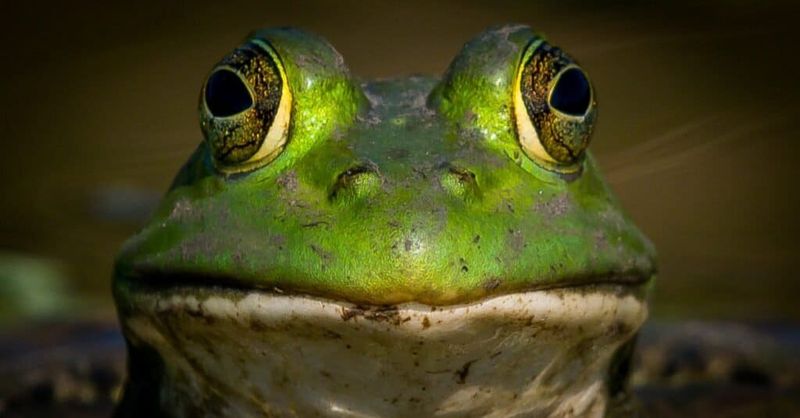
Frogs have eyes that bulge, but they’re not about seeing every detail. Their vision is tuned to detect movement, not still objects.
This helps them catch insects with precision, but stationary things might as well be invisible. Frogs are masters of the hunt, relying on motion detection to snare their meals.
18. The Tarsier
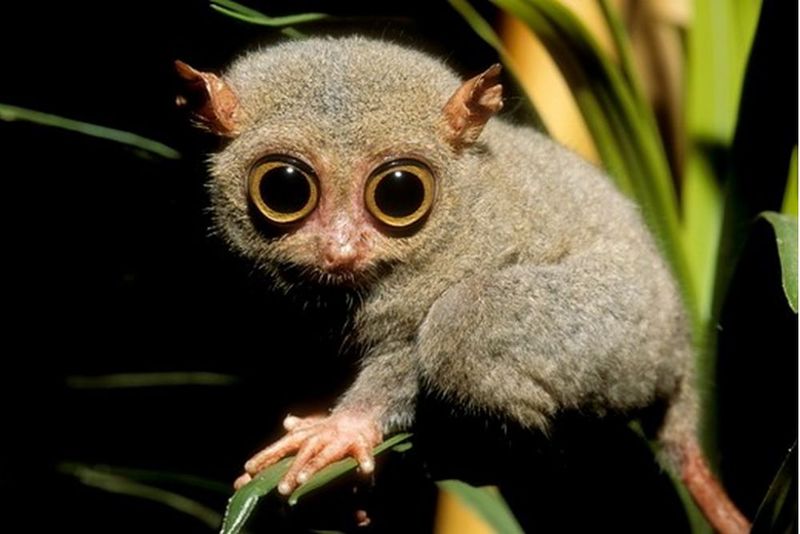
Tarsiers boast giant eyes, yet their vision is more about the night than the detail. Their enormous eyes help them hunt in the dark, but daylight renders them nearly blind.
They leap through the trees, using acute hearing and night vision to catch insects. It’s a world of lunar leaping, not daylight detail.

